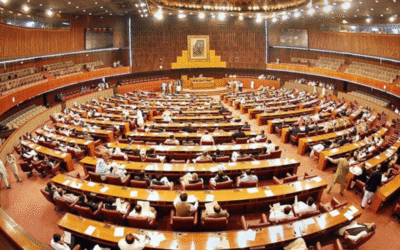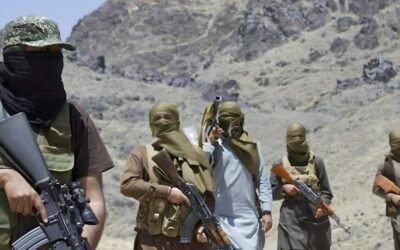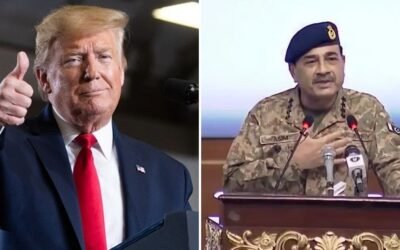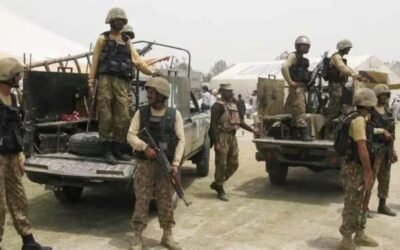Terrorism has been a long-standing threat to Pakistan’s internal stability. It impedes the country’s economic progress and social cohesion. To counter such acts of terror, Pakistan has introduced and implemented policies such as the National Internal Security Policy (NISP) and the National Action Plan (NAP). These polices represent Pakistan’s comprehensive approach towards terrorism eradication, focusing not only on military operations but also addressing ideological, social, and economic factors. However, despite the implementation of these plans, significant gaps remain that need to be addressed if the state is to reduce the instances of terrorism in the country effectively. This article provides an overview of the two plans and identifies potential weaknesses in their implementation.
National Internal Security Plan (NISP)
The NISP was introduced in 2014 and was the country’s first security framework. It was developed by the Ministry of the Interior and aimed to combine hard approaches, such as military actions against terrorists, with soft measures that focused on deradicalization and development. The overall goal was to eliminate terrorism and sectarian violence. Some of the initiatives in the plan included:
- Breaking up terrorist organisations.
- Separating and getting rid of violent extremists.
- Implementing educational and ideological changes to increase societal resilience.
- Modernising security forces and enhancing intelligence coordination.
NISP also sought to establish a National Counter-Terrorism Authority (NACTA), which would serve as the central coordinating body responsible for integrating civil and military intelligence and ensuring policy execution. It also emphasized the need for deradicalization initiatives, such as monitoring madrassas and addressing socio-economic deprivations so that terrorism could be countered at the root.
The National Action Plan (NAP)
NAP was established after the devastating and horrifying terrorist attack on the Army Public School (APS) in Peshawar. The tragedy claimed the lives of over 140 people, mostly children, and is considered one of the darkest events in the country’s history. This attack demanded an immediate response and action. Therefore, the government announced the NAP in December 2014 with a 20-point agenda, some of which are as follows:
- Execution of terrorists who have been found guilty
- Take action against organisations that have been banned
- The Strengthening of NACTA
- Madrassa regulation.
- Opposing extremist literature and hate speech.
- FATA reforms
- outlawing private militias
Compared to the NISP, the NAP was more immediate in becoming operational, and to fight terrorism effectively, it removed the distinctions between militants.
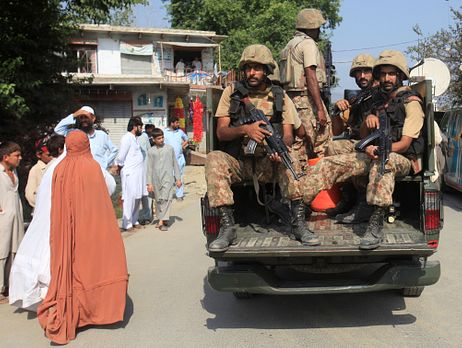
Source: The Diplomat
The Progress Made
Although uneven, the NISP and NAP did contribute measurable gains to Pakistan’s security landscape. There was a significant decrease in military-related incidents from 2014 to 2019. Primary military operations, such as Zarb-e-Azb (2014) and Radd-ul-Fasaad (2017), were successful in exterminating terrorists’ hideouts, especially in FATA. Military Courts also executed high-profile militant members and leaders, and security forces dismantled sleeper cells in urban areas, reducing the occurrences of urban terrorism in the country. Before these operations, cities like Lahore, Karachi, and Quetta had become spaces of fear. A historic integration also took place, which was the merger of FATA with Khyber Pakhtunkhwa under the reforms of the NAP. The Pakistan Armed Forces ensured that the latter region could not be used as a stronghold for militants again. These successes highlighted Pakistan’s ability to counter terrorism effectively and produced notable and visible results.
Gaps in Implementation
Both NISP and NAP have promising frameworks, but institutional flaws, political oversight, and uneven enforcement have hindered their implementation. The biggest flaw has been the inability to operationalize NACTA, which remains understaffed, underfunded, and overshadowed by more potent military and intelligence organizations, rendering its coordinating role essentially symbolic. Similarly, the lack of a clear strategy and opposition from religious lobbies have hindered the ambitious goal of regulating and reforming the vast madrassa sector. The intermittent and selective crackdowns on hate speech and extremist literature have made it possible for militant and sectarian rhetoric to endure, particularly on social media.
The Financial Action Task Force has engaged with Pakistan multiple times, reflecting the country’s sustained cooperation and progress in introducing legislative reforms to curb terrorism financing. While efforts are ongoing, addressing extremist narratives remains a gradual process that requires long-term investment in education, public awareness, and societal resilience. Initiatives aimed at countering radical ideologies are gaining traction, with an increasing recognition of the need to address their ideological and social roots.
Military operations have significantly disrupted militant networks in tribal areas, leading to enhanced security across the region. However, challenges persist in urban centers such as Karachi and Quetta, where some elements attempt to reorganize under new guises. These realities underline the importance of further strengthening civilian-led policing and prosecution frameworks. A consistent, coordinated approach remains key to sustaining peace and building upon the notable progress made so far
Conclusion
NISP and NAP showcase Pakistan’s determination to fight terrorism, which is embedded in the country’s fabric and therefore, not easy to root out. Nonetheless, these policies, with their multi-pronged approach that combines strategic military operations with de-radicalization initiatives, have yielded significant results. The instances of terror attacks in the country have seen a notable reduction, and the atmosphere of fear has been considerably tackled. However, that is not to say that these plans are without their weaknesses. For long-lasting peace, institutional reforms need to be strengthened alongside agencies such as NACTA, which ensures that policies are being implemented. Only then will terrorism in Pakistan move towards complete eradication.


